IoT based Industrial Conveyor Belt Monitoring System
How Embedos Transformed Maintenance for A
Nuclear Power Plant Steel Supplier!
Executive Summary
Embedos Engineering LLP implemented their advanced asset monitoring solution for a leading steel manufacturer supplying critical components to nuclear power plants.
This case study examines how Embedos’s integrated three-device system—Em Edison (EE), Em Maxwell (EM), and Em Turing (ET), revolutionized the monitoring of high-capacity conveyor belts, preventing costly equipment failures, reducing maintenance costs, and ensuring timely delivery of components.
The Challenge
The steel manufacturer faced unique challenges in their conveyor belt system that directly impacted their nuclear power plant supply chain:
- Unpredictable conveyor belt failures resulting in production delays for critical nuclear components.
- High temperatures in the steel production environment causing accelerated bearing wear.
- Stringent quality and reliability requirements from nuclear power plant clients.
- Costly emergency maintenance procedures and replacement parts.
- Need for 24/7 monitoring to maintain continuous production workflows.
The Solution: Conveyor Belt Monitoring System for Nuclear Power Plants
Embedos implemented their comprehensive monitoring solution featuring three specialized devices communicating over MODBUS to ensure reliable operation of the conveyor belt system:
- Em Edison (EE) – Master controller handling alerts, data logging, and communication.
- Em Maxwell (EM) – Expansion unit for additional I/O and specialized sensor inputs.
- Em Turing (ET) – Temperature monitoring unit with RTD inputs for bearing block monitoring.
The system monitors critical conveyor belt parameters including:
- Temperature readings from 16 critical bearing blocks along the conveyor system.
- Chain elongation measurements to detect wear before failure.
- Flow switch status for cooling systems.
- Water level detection in containment areas.
- Height proximity sensors for material load monitoring.
- SOI (Speed Of Impact) sensor inputs for material flow analysis.
Key Features Implemented for the Steel Manufacturer
- Nuclear-Grade Alarm System
- Eight distinct alarm types with configurable thresholds customized for steel production.
- Time delays calibrated to prevent false alarms in high-temperature environments.
- Latching alarms that remain active until manually reset by authorized personnel.
- Prioritized alerts for parameters critical to nuclear-grade steel production.
- Redundant Communication Channels for Continuous Monitoring
- Ethernet connectivity integrated with the plant’s existing network infrastructure.
- Secured WiFi for wireless monitoring in the steel manufacturing facility.
- 4G cellular for remote monitoring and emergency SMS alerts to maintenance teams.
- RS485/Modbus for reliable inter-device communication in electrically noisy environments.
- Comprehensive Reporting for Regulatory Compliance
- Automated data logging at 5-minute intervals for critical bearing temperatures.
- Complete event and alarm logging with timestamps for audit trails.
- Shift-wise, daily, weekly, and monthly report generation.
- Automated email delivery of reports to maintenance teams, management, and quality control.
- Steel Industry-Specific Web Interface
- Real-time monitoring dashboard showing conveyor belt system status.
- Configuration pages for customizing alarm thresholds to specific production runs.
- Visual status indicators for maintenance scheduling.
- Mobile-friendly access for on-floor monitoring by maintenance personnel.
Implementation in the Steel Manufacturing Environment
The implementation process was tailored to the steel manufacturing facility’s specific needs:
- Hardware Configuration for High-Temperature Environments
- High-temperature rated sensors installed at critical bearing points.
- Redundant power supplies to ensure continuous monitoring.
- Specialized mounting systems to minimize vibration interference.
- Network Integration with Existing Steel Plant Infrastructure
- Secure connection to the plant’s industrial network.
- Isolated monitoring subnet to prevent cybersecurity vulnerabilities.
- Integration with the company’s maintenance management system.
- Backup communication channels for critical alerts.
- Nuclear Supplier Compliance Alarm Configuration
- Customized alarm thresholds based on conveyor belt manufacturer specifications.
- Time delays optimized through analysis of historical failure data.
- Alert routing configured for 24/7 coverage across maintenance shifts.
- Integration with plant-wide alert systems.
- Comprehensive Testing Protocol
- Simulated failure testing for each monitored parameter.
- Load testing during actual production conditions.
- Verification of alert delivery across all communication channels.
- Validation of data logging accuracy and reporting completeness.
Results and Benefits for Nuclear Supply Chain
The Embedos monitoring system delivered substantial improvements to the steel manufacturer’s operations:
- 37% Reduction in Conveyor Belt Downtime
- Early detection of bearing temperature anomalies prevented catastrophic failures.
- Proactive maintenance scheduling reduced emergency repairs by 64%
- Critical alerts allowed for planned maintenance during scheduled production breaks.
- Zero unplanned downtime events affected nuclear component delivery deadlines.
- Improved Maintenance Planning for Critical Infrastructure
- Historical data enabled development of predictive maintenance schedules.
- Weekly bearing temperature trend reports supported proactive replacement.
- Complete maintenance history helped identify and resolve recurring issues.
- 42% reduction in annual maintenance costs for conveyor system.
- Enhanced Safety in High-Temperature Steel Production
- Continuous monitoring of bearing temperatures prevented potential fire hazards.
- Immediate alerts for dangerous conditions allowed for rapid response.
- Redundant alarm systems ensured critical parameter monitoring.
- Zero safety incidents related to conveyor system failure since implementation.
- Significant Cost Savings Across Operations
- 28% extension of conveyor belt and bearing life through optimized maintenance.
- 64% reduction in emergency repair costs.
- 37% decrease in spare parts inventory requirements.
- Nuclear Industry Supply Chain Reliability
- Significantly improved conveyor system availability since implementation.
- Complete documentation of system performance for nuclear industry audits.
- Enhanced reputation as a reliable supplier to nuclear power plants.
- Increased competitive advantage in the nuclear-grade steel market.
Technical Specifications for Steel Manufacturing Environment
- Digital Inputs: Ruggedized 24VDC compatible inputs for proximity sensors, flow switches, and level sensors.
- Digital Outputs: Industrial-grade 24V NPN outputs (500mA max) for alarms and control signals.
- Analog Inputs: 4-20mA inputs with 15-bit resolution for precise monitoring.
- RTD Inputs: 3-wire RTD temperature sensor inputs for bearing monitoring.
- Communication: Dual isolated RS485 ports with Modbus RTU support.
- Connectivity: Industrial Ethernet, secured WiFi, and 4G/LTE with backup power.
- Power Requirements: 24VDC, 1A supply with UPS backup.
Conclusion: Transforming Steel Manufacturing for Nuclear Power Plant Supply
The Embedos monitoring system has transformed this maintenance strategy from reactive to proactive, particularly for critical conveyor belt systems essential to nuclear power plant production.
By providing real-time monitoring, immediate alerts, and comprehensive reporting tailored to the demands of nuclear industry suppliers, the system has significantly improved reliability, reduced costs, and enhanced the company’s competitive position in the nuclear-grade steel market.
Want the full technical details of this conveyor belt monitoring implementation?
Complete the form below to receive the comprehensive case study with technical specifications, configuration guides, and implementation details specific to steel manufacturing facilities supplying nuclear power plants.
- Customized alarm configuration guidelines for conveyor belt systems.
- Network security setup instructions for nuclear supplier compliance.
- Web interface documentation with user permission levels.
- Complete reporting capabilities for regulatory compliance.
“The Embedos conveyor belt monitoring system has transformed our maintenance approach from reactive to proactive. We’ve decreased downtime by 37%, extended equipment life significantly, and maintained our perfect delivery record to nuclear power plant clients.“
Grab Your Copy Of The Case Study, Now!
Your goals are of utmost importance to us
Looking for End to End Industrial Automation & IoT Solutions?






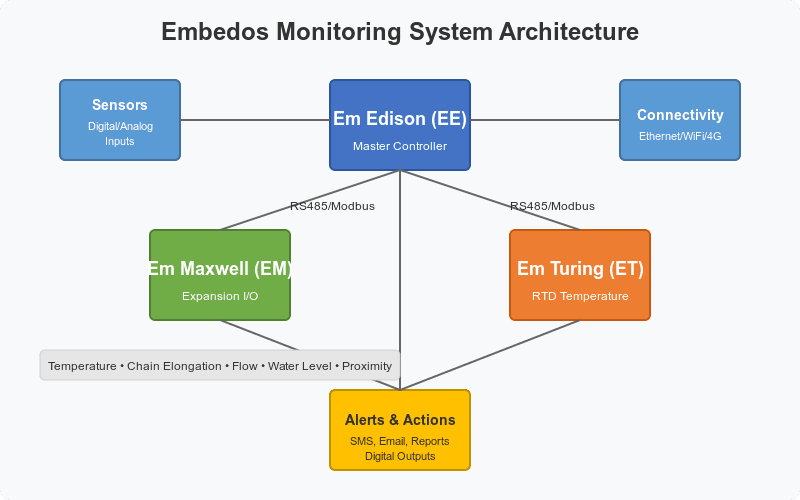
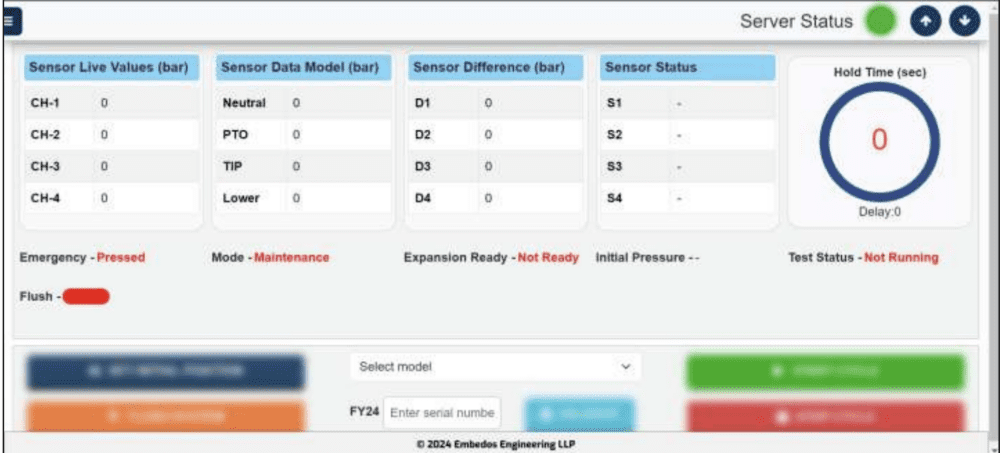

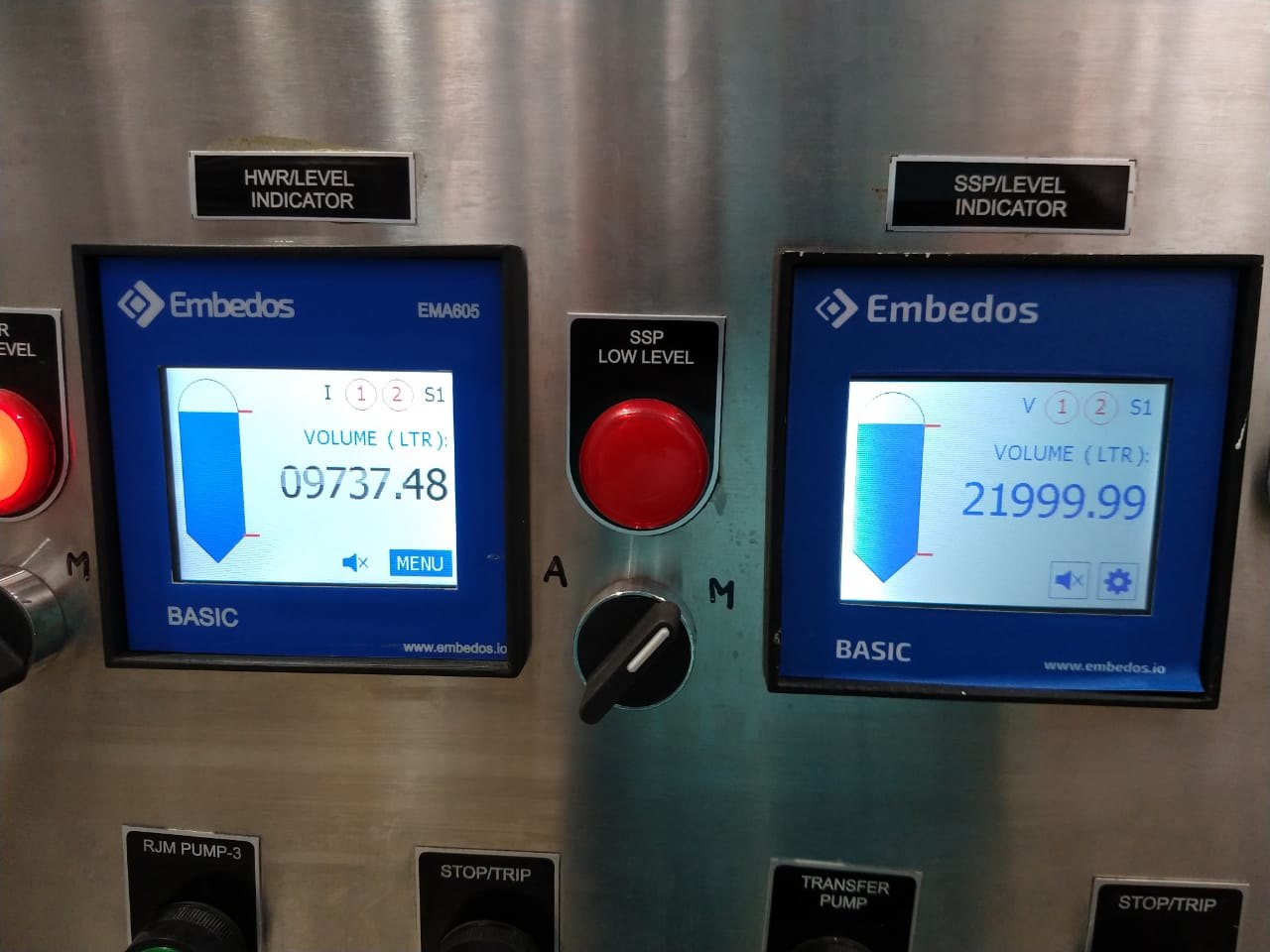



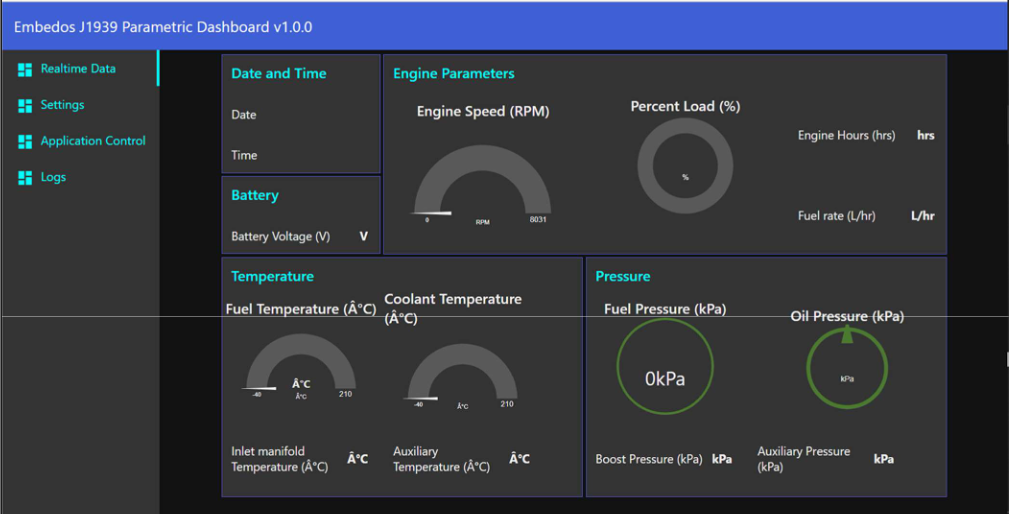
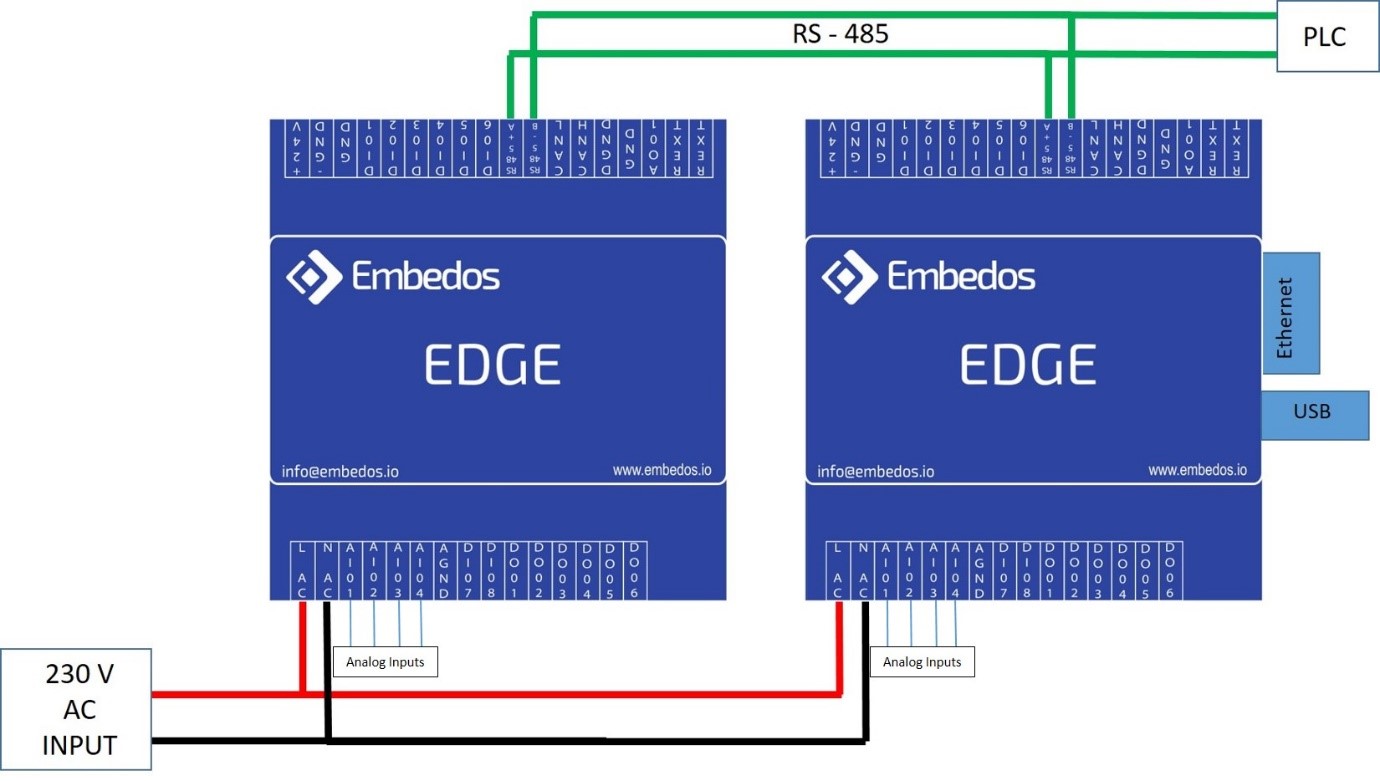
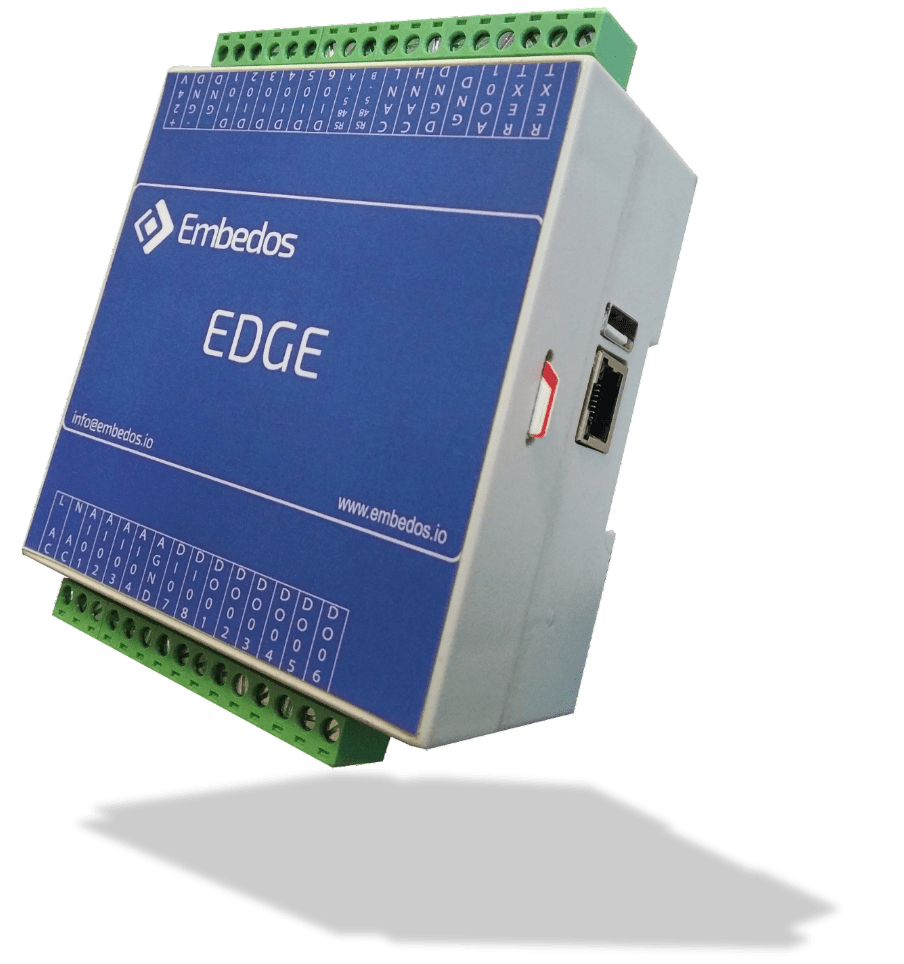





















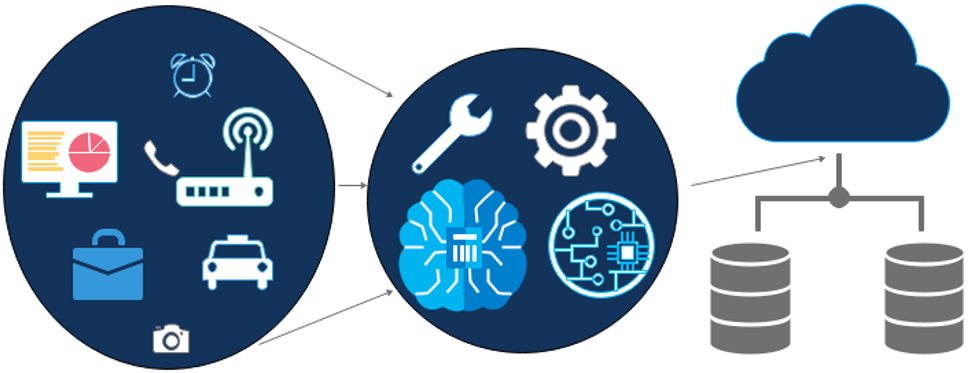
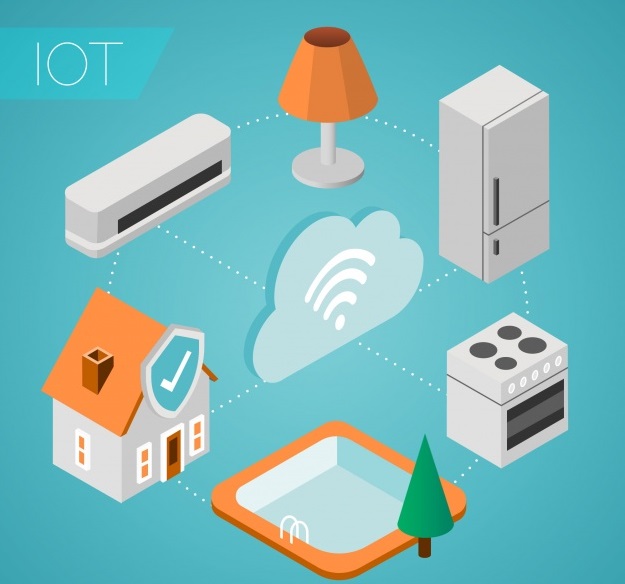




 What is a Community Cloud?
What is a Community Cloud?